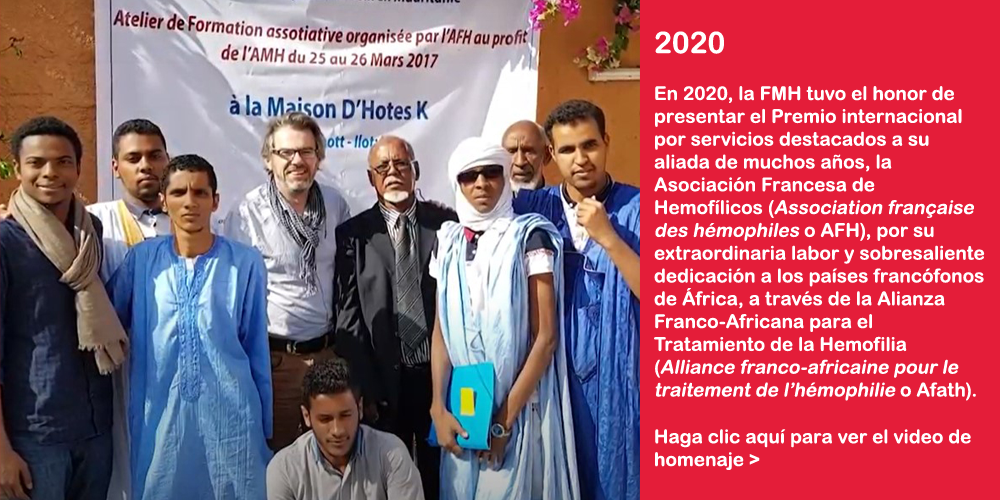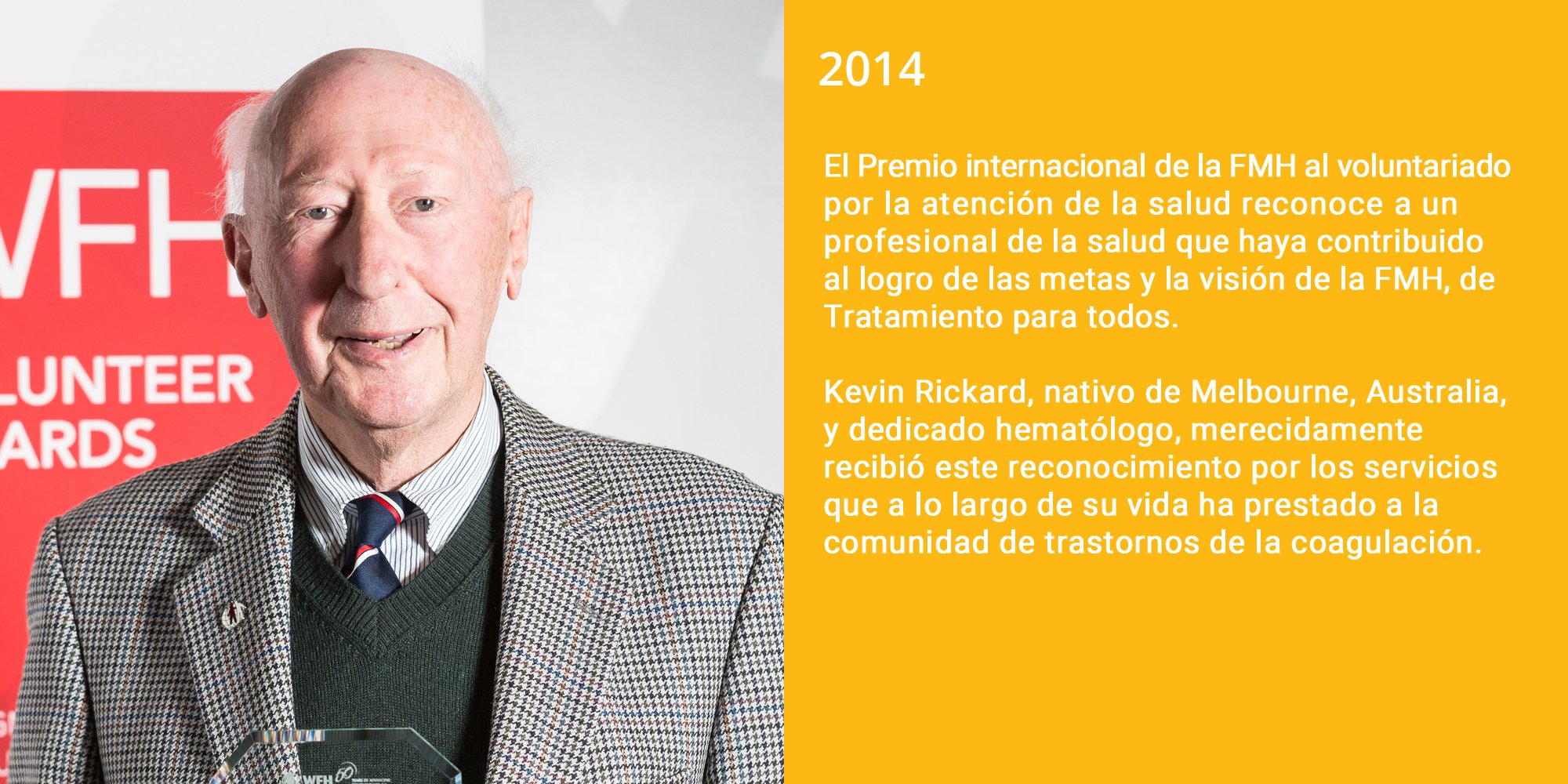El riguroso examen de las guías de la ISTH lo realizó un equipo de 49 partes interesadas en el campo, integrado por expertos en la atención de la hemofilia, investigadores, médicos, pacientes y defensores de pacientes, quienes representan a varias organizaciones de todo el mundo, entre ellas AICE, AHAD-AP, AHCDC, ATHN, CLAHT, EHC, CRH y MHEMO francesas, GTH, HTCCNC, NBDF, PEDNET, UKHCDO y la Federación Mundial de Hemofilia (FMH). El análisis crítico resultante, The International Society on Thrombosis and Haemostasis Clinical Practice Guideline for treatment of congenital haemophilia – a critical appraisal (Guía médica de la Sociedad Internacional de Trombosis y Hemostasia para el tratamiento de la hemofilia congénita – una valoración crítica), publicada en el periódico Haemophilia, subraya los problemas del documento de la ISTH que podrían incidir en los resultados de salud de personas con hemofilia en todo el mundo.
Este es un resumen (en inglés) en lenguaje sencillo del artículo The International Society on Thrombosis and Haemostasis Clinical Practice Guideline for treatment of congenital haemophilia – a critical appraisal. Para leer la versión completa haga clic aquí.
The International Society on Thrombosis and Haemostasis (ISTH) recently released new guidelines for the treatment of hemophilia, addressing the effectiveness and roles of various hemostatic agents for patients with or without inhibitors. These recommendations were developed using a methodology known as GRADE, which, in its most strict application, considers only observations from randomized clinical trials as valid, where patients are randomly assigned to two treatments for comparison.
The stringent application of this strategy resulted in 13 recommendations with significant practical implications. For example, these guidelines suggest that:
-
-
- Prophylaxis should be reserved for patients with severe or moderately severe hemophilia (< 2% factor levels).
- Various clotting treatments—including recombinant, short or long half-life agents, as well as non-replacement subcutaneous therapies—are considered equivalent.
- Low-dose prophylaxis is viewed as an acceptable option when resources are limited.
- The use of plasma-derived FVIII concentrates is favored to start treatment to reduce the risk of inhibitor development.
- Emicizumab is mentioned only as a potential prophylactic option for hemophilia A patients with inhibitors.
-
However, extensive data from observational clinical studies, registries, and the global clinical experience with various hemophilia treatments challenge these guidelines, which are based on an analysis deemed unsuitable for the full scope of available scientific evidence. This article, authored by numerous experts, highlights the weaknesses and inadequacies of this approach. Its primary aim is to remind the community that guidelines should also enable and motivate all relevant stakeholders to advocate for broader access to a diverse range of treatments and improve the health outcomes for individuals with hemophilia worldwide by incorporating all available scientific data and patients’ perspective.
Si desea leer el artículo The International Society on Thrombosis and Haemostasis Clinical Practice Guideline for treatment of congenital haemophilia – a critical appraisal haga clic aquí. Si desea leer las Guías de la FMH para el tratamiento de la hemofilia, 3a edición, haga clic aquí.












